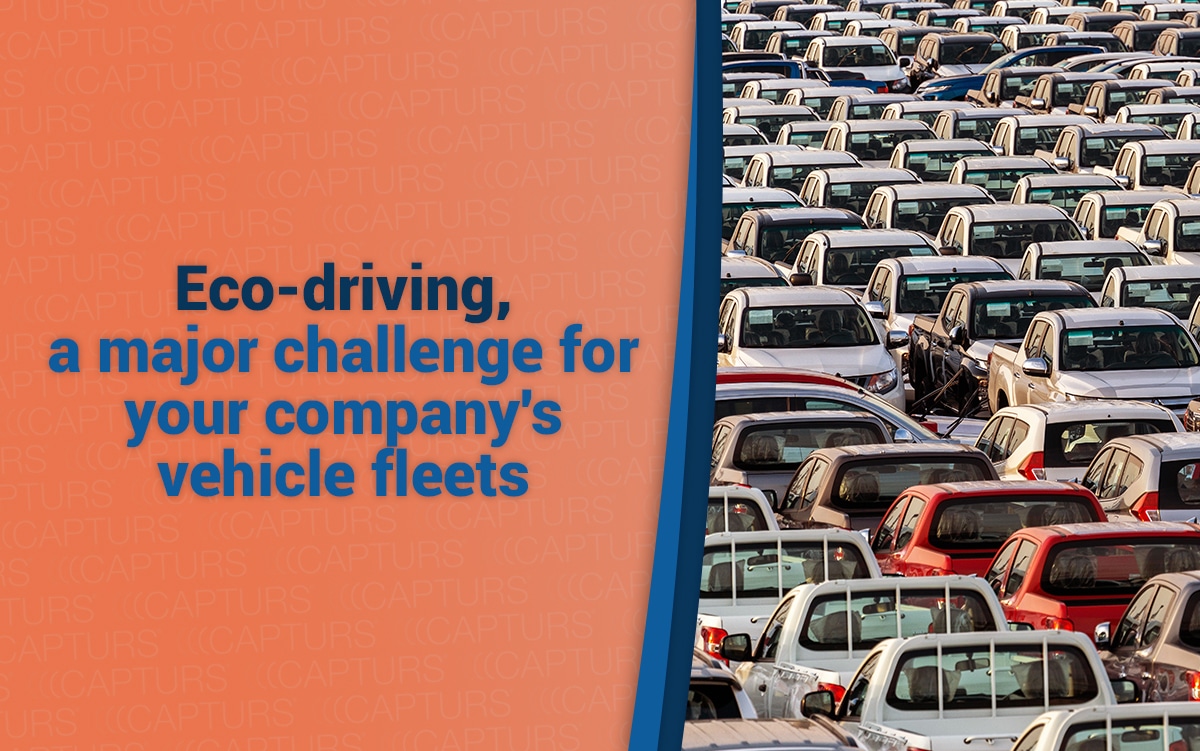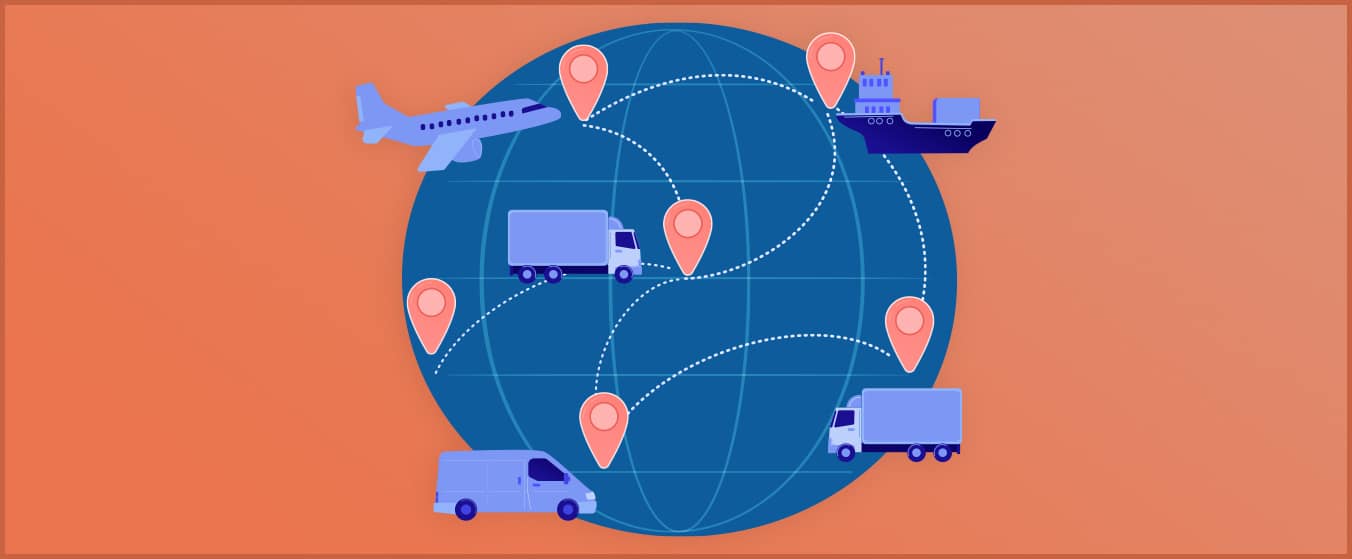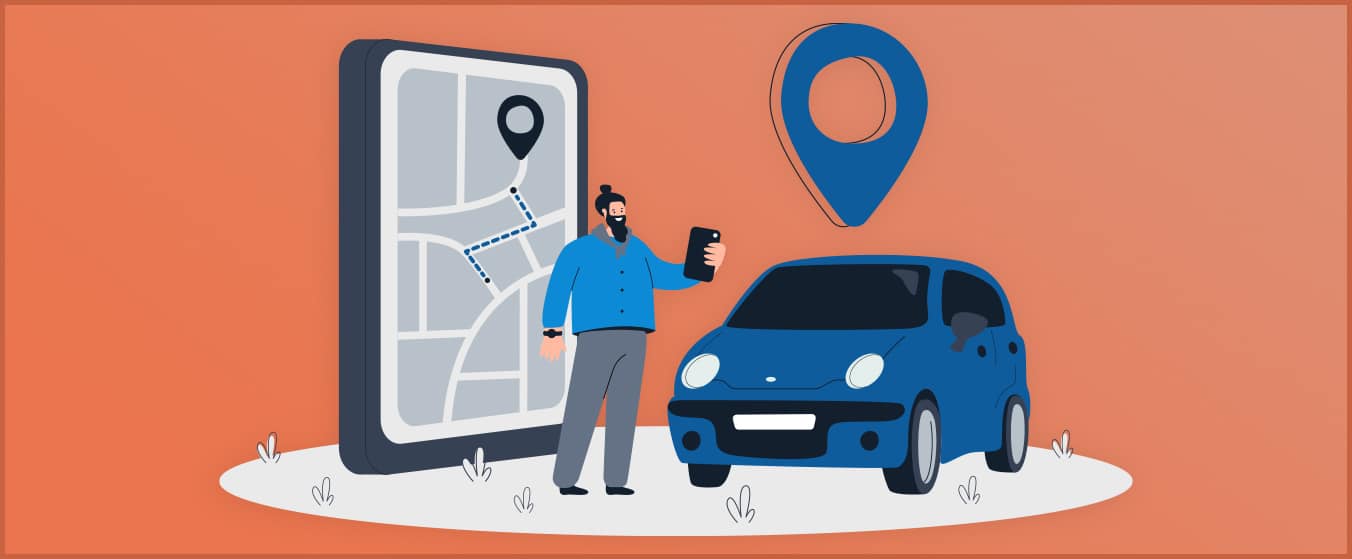Eco-driving, a major challenge for your company’s vehicle fleets

Eco-driving has become a major issue for companies that use vehicle fleets. By adopting eco-driving techniques, companies can reduce their fuel costs and pollutant emissions, while improving the road safety of their employees. In addition, by adopting more eco-friendly driving techniques, companies can improve their image with consumers and contribute to the protection of the environment. This text aims to present the benefits of eco-driving for companies and to show how they can be implemented within vehicle fleets.
what is eco-driving?
Eco-driving is a driving technique that aims to increase the fuel efficiency and reduce the polluting emissions of a vehicle. It involves driving smoothly, using the ideal speed, planning routes and reducing engine load. It saves on fuel costs while helping to protect the environment by reducing greenhouse gas emissions. This script will focus on the impact of speed on eco-driving.
The classic steps in managing a fleet of vehicles
Managing a fleet of vehicles can include the following steps:
- Fleet planning: determining requirements in terms of number of vehicles, types and models, based on the company’s operations and the needs of individual employees.
- Procurement: purchase the required vehicles using criteria such as acquisition costs, operating costs, greenhouse gas emissions, safety equipment, etc.
- Vehicle tracking: track mileage, hours of use, repairs and maintenance to maximize vehicle life and minimize operating costs.

- Driver management: establish safe, non-hazardous, flexible, and environmentally responsible driving policies, train drivers, and monitor their driving behavior.
- Data analysis: use tracking data to identify trends and opportunities for improvement, and make informed fleet management decisions.
- Vehicle replacement: plan for end-of-life vehicle replacement based on business needs, operating costs and greenhouse gas emissions.
- Use of technology: use digital tools to optimize vehicle utilization, track fleet activity, and improve communication between drivers and fleet management.
These are the classic steps, but when it comes to eco-driving, which is a new and fundamental concern, there are also good practices!
Which methods for an eco-driving oriented management?
Here are some precautions to take when it comes to eco-driving a fleet of vehicles:
- Train drivers: Train drivers on eco-driving techniques and encourage them to adopt eco-friendly practices, such as reducing hard acceleration and braking, appropriate speed and anticipating driving situations.
- Driver tracking and evaluation: Track and evaluate drivers using GPS tracking and driving data tools to identify drivers who need additional training or behavioral correction.
- Vehicle Maintenance and Inspection: Ensure that vehicles are in good working order and maintained regularly, within the manufacturer’s recommended maintenance intervals, to minimize greenhouse gas emissions and fuel consumption.

- Route planning: Plan routes efficiently to minimize mileage and downtime.
- Use of advanced technologies : Use advanced technologies such as navigation systems and fleet tracking tools to optimize trips and make them more environmentally responsible.
- Selecting eco-friendly vehicles: Choose the most eco-friendly vehicles for the fleet, such as electric, hybrid or fuel-efficient vehicles.
- Track performance: Monitor vehicle performance, fuel consumption, and greenhouse gas emissions to identify opportunities for improvement and make informed fleet management decisions.
How can GPS trackers help with fleet management and eco-driving?
GPS trackers can help with eco-driving for a fleet of vehicles in several ways:
Tracking vehicle usage: GPS trackers can keep track of the miles driven, usage times, and routes of each vehicle, allowing for better trip planning and optimized vehicle usage. GPS trackers can also record driving data such as speed, acceleration, and braking, which can be used to track drivers and evaluate them for eco-driving. In addition, GPS trackers are useful for planning the most efficient routes in terms of fuel consumption and greenhouse gas emissions, taking into account vehicle characteristics and traffic conditions.
For maintenance tracking: GPS trackers can be used to track mileage and time of use to ensure proper vehicle maintenance and service. GPS trackers can also be used to communicate with drivers, for example, to inform them of routes to take or to send them alerts for speeding or inappropriate driving.
GPS trackers can also be used to generate reports on driver and vehicle performance to identify trends and opportunities for eco-driving improvements.

In conclusion, eco-driving is a driving technique that aims to reduce fuel consumption and greenhouse gas emissions by adapting one’s driving style to the characteristics of the vehicle and the traffic conditions. This can include actions such as planning efficient routes, using appropriate speed, anticipating driving situations, and reducing sudden acceleration and braking.
GPS trackers can be a useful tool for companies managing a fleet of vehicles available to employees to improve eco-driving. They can track vehicle usage, driver conduct, optimize routes, track maintenance, communicate with drivers and generate reports on driver and vehicle performance. This allows companies to make informed fleet management decisions and maximize fleet efficiency.
